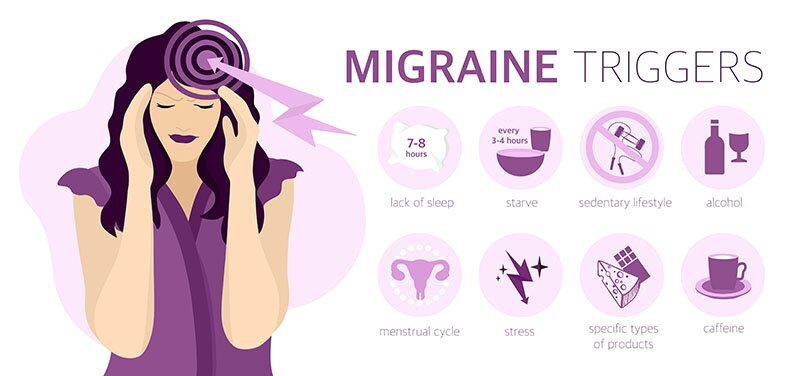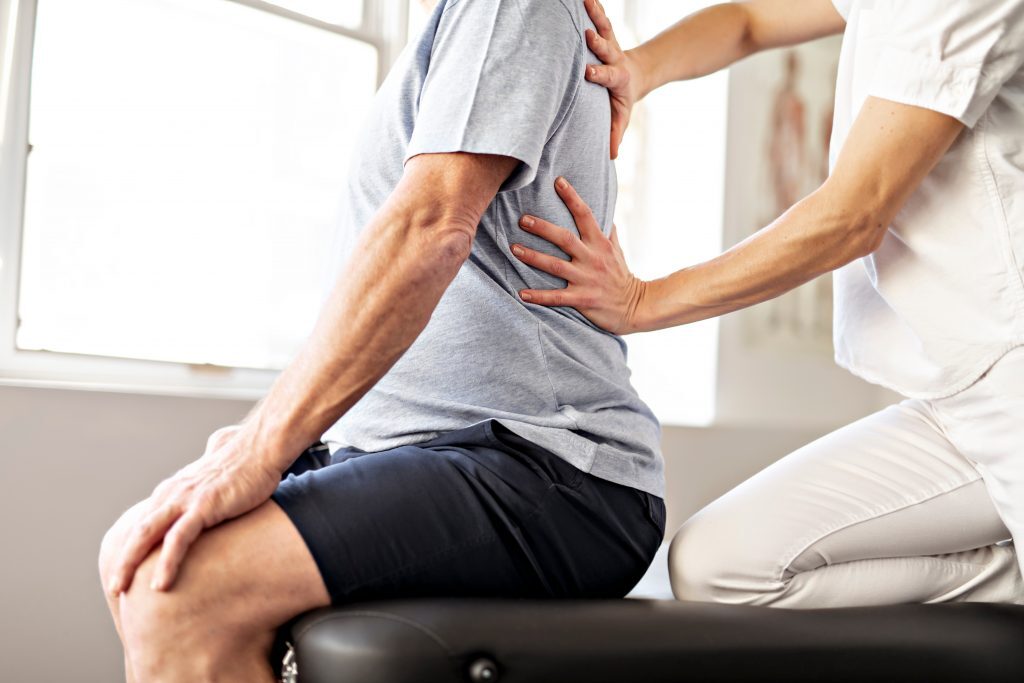Discover effective migraine relief with practical tips and proven physical therapy strategies. Learn how posture, exercises, and manual therapy can ease migraine symptoms.
Introduction
Migraines are more than just headaches—they’re often intense, chronic, and debilitating. Affecting millions worldwide, they interfere with daily life, work productivity, and overall well-being. While medications may offer temporary relief, many people seek long-term, natural, and effective migraine relief without heavy drug reliance. One highly recommended approach is physical therapy, which offers targeted strategies to reduce migraine frequency, intensity, and duration.
In this article, you’ll discover practical tips and ideas from physical therapy that are proven to help manage migraines more efficiently. Whether you’re struggling with chronic migraines or occasional attacks, integrating physical therapy into your wellness routine might just be the game-changer you need.
Understanding Migraines and Their Triggers
Migraines are neurological conditions characterized by severe pulsing pain, often on one side of the head, accompanied by nausea, visual disturbances, and sensitivity to light or sound. Triggers vary widely but can include:

- Stress and anxiety
- Hormonal fluctuations
- Poor posture or musculoskeletal issues
- Sleep disturbances
- Certain foods or environmental factors
A less-known but vital contributor to migraines is neuromuscular dysfunction—this is where physical therapy becomes relevant.
How Physical Therapy Offers Effective Migraine Relief
Physical therapy goes beyond simple stretches or massages. It targets the root cause of physical imbalances and neurological irritations that can lead to migraines. The goal is to correct postural issues, reduce muscle tension, and improve overall mobility—especially around the head, neck, and shoulders.
Let’s explore some practical and evidence-based physical therapy strategies that offer effective migraine relief.
1. Postural Correction: The First Step to Relief
Poor posture—especially from prolonged computer use or smartphone addiction—places undue pressure on the neck and upper back. This tension often radiates upward, triggering headaches and migraines.

Key Strategies:
- Ergonomic assessments of your workstation
- Strengthening the deep cervical flexors and upper back muscles
- Stretching tight pectoral and neck muscles
Correcting posture significantly reduces the frequency and intensity of migraines by removing physical stressors that irritate the nervous system.
2. Manual Therapy Techniques
Manual therapy involves hands-on techniques by a licensed physical therapist to relieve muscle tension and improve joint mobility.
Common manual therapy techniques include:
- Trigger point therapy: Targets muscle knots that refer pain to the head and neck
- Myofascial release: Gently releases tight connective tissues
- Joint mobilizations: Restores motion to stiff cervical joints
A study published in the Journal of Manual & Manipulative Therapy found that manual cervical therapy reduced migraine frequency and duration by over 50% in most participants.
3. Neck and Shoulder Strengthening Exercises
Muscle imbalances are a frequent migraine contributor. A weak neck or upper back makes the head unstable, leading to compensatory strain that fuels migraines.
Some effective exercises for strengthening these areas include:
- Scapular retractions
- Chin tucks
- Wall angels
- Resistance band rows
These exercises, when performed under guidance, can support spinal alignment and improve blood flow, providing sustained migraine relief.
4. Stretching and Mobility Work
Tight muscles in the neck, shoulders, and upper spine often limit movement and compress nerves. Daily mobility routines can ease this pressure and restore comfort.
Suggested daily stretches:
| Muscle Group | Stretching Technique | Duration |
|---|---|---|
| Upper trapezius | Ear-to-shoulder neck tilt | 30 seconds each side |
| Levator scapulae | Chin to armpit stretch | 30 seconds each side |
| Pectorals | Wall corner stretch | 1 minute |
Stretching should be consistent but gentle. Avoid forcing movement if it worsens the pain.
5. Breathing and Relaxation Techniques
Migraines often correlate with stress and shallow breathing. Teaching patients diaphragmatic breathing and relaxation can activate the parasympathetic nervous system, reducing tension and pain.
Try this breathing method:
- Inhale through the nose for 4 seconds
- Hold for 4 seconds
- Exhale through the mouth for 6 seconds
Doing this for 5–10 minutes a day can lower muscle tension and stress hormones—two major migraine triggers.
6. Dry Needling and Other Adjunct Therapies
Many physical therapists incorporate dry needling, where thin needles are inserted into tight muscle bands to relieve tension. Unlike acupuncture, this targets muscular issues specifically.

Other tools that can support migraine treatment include:
- TENS units (electrical stimulation)
- Cold packs for occipital nerves
- Ultrasound therapy for muscle relief
These should be administered by trained professionals to ensure safety and effectiveness.
7. Education and Lifestyle Coaching
One underrated aspect of physical therapy is patient education. Knowing how to self-manage symptoms, modify your activities, and improve sleep posture can significantly impact migraine control.
For instance:
- Sleeping with the right pillow height
- Keeping a headache diary to track triggers
- Avoiding long periods of screen time without breaks
Empowering patients with this knowledge ensures longer-lasting and self-sustainable migraine relief.
Table: Physical Therapy vs. Medication for Migraine Management
| Aspect | Physical Therapy | Medication |
|---|---|---|
| Root Cause Treatment | Yes | No (symptom suppression only) |
| Side Effects | Minimal to none | Often includes nausea, fatigue |
| Long-Term Benefits | Yes – improved posture, less tension | Short-term relief only |
| Dependency Risk | None | High for chronic use |
| Cost Over Time | Cost-effective | Can be expensive over time |
FAQs on Effective Migraine Relief Through Physical Therapy
- Can physical therapy eliminate migraines completely?
It may not cure migraines entirely but can drastically reduce their frequency and severity. - How soon can I see results from physical therapy for migraines?
Many people notice improvement within 4–6 weeks of consistent therapy. - Is physical therapy safe during a migraine attack?
During an active attack, rest is preferable. Physical therapy is better for prevention and long-term control. - What type of pillow is recommended by physical therapists for migraine sufferers?
A cervical contour pillow that supports the neck’s natural curve is ideal. - Can poor posture alone cause migraines?
Yes, especially forward head posture, which puts stress on the cervical spine and nerves. - Are there any risks associated with dry needling for migraines?
When performed by certified therapists, risks are minimal, though slight soreness may occur. - Does insurance cover physical therapy for migraines?
Many plans do, especially when prescribed by a physician. Always check your individual coverage. - Can children with migraines benefit from physical therapy?
Yes, pediatric physical therapy can be tailored for children with migraine issues. - How does hydration impact migraines and therapy effectiveness?
Staying hydrated supports muscle function and reduces tension headaches linked to dehydration. - What lifestyle changes complement physical therapy for migraines?
Regular sleep, stress reduction, good posture, hydration, and avoiding known triggers can all help.
Conclusion
Finding effective migraine relief doesn’t have to mean relying solely on medications. Physical therapy provides a holistic and evidence-backed alternative that addresses the root causes of migraines—like posture, muscle tension, and joint mobility. With targeted exercises, manual therapy, and lifestyle education, many people experience long-term improvement and a better quality of life.
If you’re tired of living with chronic migraines and seeking practical, lasting solutions, consider exploring physical therapy. Consult with a licensed physical therapist to develop a personalized plan and finally take control of your migraine journey.